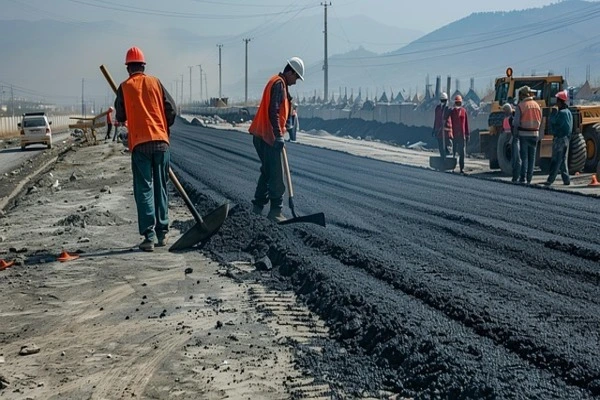Flexible and Rigid pavement roads are the most widely used worldwide to date. Have you ever wondered why some streets are made of asphalt while others are made of Concrete?
Though they may look similar on the surface, the engineering secrets beneath them tell a very different story!
By definition, Flexible pavement is a type of road made of multiple layers that distributes weight through asphalt (a bituminous material). In contrast, rigid pavement is a strong layer that distributes weight through concrete.
Let’s dive into what makes Flexible and Rigid Pavement unique in road construction to date.
Recommended Articles
- The Most Asked Civil Engineering Interview Questions
- Nelson Mandela African Institution of Science and Technology
- Skills For Engineers For The Job Market: The Quick guide
- FRP: What You Need To Know About Fibre-Reinforced Plastic?
- Tips for Subcontractor To Win More Bids: The Quick guides
- Unit Operations for Wastewater Treatment: The Complete Guide
Table of Contents
Flexible Pavement

This is the most common type of road you see: dark, smooth, and elastic. It’s built in multiple layers that “flex” under traffic loads, distributing stress gradually from the surface to the subgrade.
Structure Layers
Flexible pavement made by the following layers:
- Surface Dressing: Seals and protects the road from moisture.
- Surface Course: Provides smoothness and skid resistance (often asphalt).
- Base Course: Distributes load to lower layers.
- Sub-base: Acts as a transition layer to reduce stress.
- Subgrade: The compacted soil foundation that supports all layers above.
Advantages of Flexible pavement
The Flexible has the following advantages:
- Quick and economical to construct.
- Easier to repair and resurface.
- Provides a smoother driving experience.
Limitations of Flexible Pavement
Flexible has the following limitations:
- Requires frequent maintenance due to temperature and traffic effects.
- Not as durable under heavy, concentrated loads.
Rigid Pavement
This type of pavement utilises reinforced Concrete slabs as its primary structural layer. It’s designed to distribute loads over a wider area due to its rigidity and high flexural strength.
Structure Layers
Also, the rigid pavement has the following layers:
- Concrete Slab: Main load-bearing surface with high stiffness.
- Base Course: Supports the slab and ensures uniform load transfer.
- Subgrade: The soil foundation beneath all layers.
Advantages
The following are the advantages of rigid pavement:
- Very long lifespan (up to 40 years or more).
- Low maintenance requirements.
- Withstands heavy traffic loads effectively.
Limitations
The limitations of rigid:
- Higher initial cost.
- Repairs are complex and time-consuming.
- It can be noisier and rougher to drive on compared to flexible pavements.
Where Each Is Used
The Flexible Pavement is ideal for rural roads, highways, and urban streets with lighter traffic, and the rigid pavement is commonly used for airports, industrial zones, and expressways where heavy loads are expected.
Conclusion
The essential difference between the two types of pavements, flexible and rigid, lies in the manner in which they distribute the load over the subgrade, including bituminous materials and reinforced Concrete.
Flexible, yet resilient, bending without breaking, while rigid stands firm. The choice between them depends on loads, cost, climate, and intended lifespan.
Every road tells a story, not just of travel, but of design, durability, and material science. Whether flexible or rigid, both play vital roles in shaping modern infrastructure.
You may also like: Types of Heavy Construction Equipment You Should Know, Sanitary Engineering: A Quick Guide You Should Know, What is a Bridge?: A Complete Guide To Engineers, HESLB: What is it? Its Functions and All You Need to Know, and Popular Programs For Master’s in China: Guides For Students.
Join the conversation by replying on Bluesky.
That’s all.
If you liked this article, please join Website For Engineers on Twitter, Facebook, TrueSocial, Pinterest, BlueSky, and in our WhatsApp channels.

